Ljupco Kocarev, Gabor Vattay3540243054, 9783540243052
Table of contents :
cover.jpg……Page 1
front-matter.pdf……Page 2
1 Introduction……Page 13
2 TCP Congestion Control……Page 14
3 The Basic Lab Model and TCP Dynamics……Page 15
4 System Trajectories……Page 17
5 Sensitivity……Page 20
6 Controllability……Page 25
7 Tra.c Burstiness at Di.erent Timescales……Page 28
8 Conclusions……Page 30
Reference……Page 31
1 Introduction……Page 33
2.1 Description……Page 35
Invariant Con.gurations……Page 36
2.3 Two Sources, a Special Case……Page 42
3.1 Simulation Setup……Page 46
3.2 Packet Arrival Rate and Queue Occupancy……Page 48
3.3 Assumption #1: Immediate Response to Congestion……Page 51
3.5 When Does Aggregate Periodic Behavior not Occur?……Page 53
4 Conclusion……Page 57
References……Page 58
1 Introduction……Page 60
2.1 Unfairness……Page 61
2.2 The TCP Butter.y E.ect……Page 62
3 Characterizing Chaos……Page 63
3.1 Poincar´e Sections……Page 64
3.2 Symbolic Description……Page 65
4 The Statistical Tool-box of Chaos……Page 66
5 Cellular Chaos……Page 69
6 Exploring Periodic Orbits……Page 71
7 E.ects of Parameter Rescaling……Page 74
References……Page 78
1 Introduction……Page 80
2.1 Simpli.ed TCP Model……Page 82
2.2 State-Space Characterization of TCP……Page 85
2.3 Dynamic Regimes of TCP……Page 87
3 Simulations of TCP competing with UDP……Page 94
4 Message Delay Measurements……Page 96
5 Analysis of Internet TCP Traces……Page 97
5.1 Time-Dependent Exponent Curves……Page 100
5.2 Anomalous Di.usions……Page 104
5.3 Random Losses and TCP Dynamics……Page 105
6 Conclusions……Page 108
References……Page 110
1 Introduction……Page 113
1.1 A Short Review of the TCP-Reno Algorithm……Page 114
1.2 Method of Investigation and Topology Descriptio……Page 115
2 The Case of a Single Driven TCP Connection……Page 116
3 The Case of Multiple Driven TCP Connections……Page 121
4 The Impact of Active Probing Measuerements on TCP Tra.c……Page 123
4.1 The Dilemma……Page 124
4.2 Measuring a Single Persistent TCP……Page 125
4.3 Correlation Analysis……Page 126
4.4 Measuring Time-dependent Aggregate TCP Tra.c……Page 127
4.5 The Impact on the Statistical Properties……Page 129
4.6 Implications for Spectral Measurements and Hurst-parameter Estimation……Page 131
5 Summary……Page 133
References……Page 134
1 Introduction……Page 136
2 Long-Range Dependence……Page 137
3 Packet Production Models……Page 139
3.1 Closed Form Map……Page 141
3.3 Autocorrelation of the Map Output……Page 142
4 Topology and Models of Networks……Page 144
4.1 Regular-Symmetric Networks……Page 146
4.2 Random Networks……Page 147
4.3 Scale-free Networks……Page 148
4.4 Model of Networked Data Tra.c……Page 150
5 Congestion……Page 151
5.1 Mean Field Approximation……Page 152
5.2 LRD at Criticality……Page 157
5.3 Congestion and LRD Tra.c……Page 158
6 Control of Queue Sizes……Page 159
6.1 Control in Scale-free Networks Using TCP……Page 160
References……Page 164
1 Introduction……Page 167
2 Chaotic Piecewise A.ne Markov Maps and Higher Order Correlations of Quantized Trajectories……Page 170
3 A More General Model of Quantized Chaotic Trajectories……Page 179
4 Piecewise-A.ne Pseudo-Markov Systems……Page 182
5 Statistical Characterization of PWAPM Systems……Page 183
6 Self-Similarity & Network tra.c……Page 190
7 Conclusion……Page 195
References……Page 196
1 Introduction……Page 199
2.2 Tra.c Sources……Page 203
3.1 Representing Network Flow Data……Page 205
3.2 Cross-Correlation Analysis……Page 206
4 Capturing Shifting Spatial-temporal Patterns……Page 207
4.1 Timescale of Interest……Page 208
4.3 Spatial-Temporal Pattern……Page 209
5 Monitoring DDoS Flooding Attacks……Page 212
5.1 Modeling DDoS Attacks……Page 213
5.2 Constant Rate Attack……Page 214
5.3 Subgroup Attack……Page 215
6 Concluding Remarks……Page 216
References……Page 218
1.1 Historical Background……Page 220
1.2 A Local-World Model……Page 223
2.1 Di.erent Internet Topologies……Page 224
3 MODELLING THE INTERNET……Page 228
3.1 The MLW Model for the Internet……Page 231
3.2 Degree Distribution of the MLW Model……Page 232
3.3 Some Special Cases of the MLW Model……Page 236
4 Conclusions……Page 239
References……Page 240
1 Introduction……Page 242
2 Internet Evolution as a Multiplicative Stochastic Process……Page 244
3 Growth Dynamics of the Internet……Page 245
4 Degree Correlation and Modular Structure……Page 248
5 Adaptation Model……Page 251
6 Load Distribution of the Internet……Page 252
7 Summary……Page 255
References……Page 257
1 Introduction……Page 258
2.1 TCP Congestion Control Algorithms……Page 259
2.2 TCP Implementations……Page 260
2.3 RED Algorithm……Page 261
3 Modeling Methodologies……Page 262
3.1 Survey of Related TCP/RED Models……Page 263
4 Discrete-time Dynamical Model of TCP/RED……Page 265
4.1 TCP/RED Model……Page 266
4.2 Case 1: No Loss……Page 267
4.4 Case 3: At Least Two Packet Losses……Page 268
4.5 Properties of the S-model……Page 269
5 S-Model Validation and Comparison……Page 270
5.1 Default RED Parameters……Page 271
5.3 Drop Probability p max……Page 277
5.4 Thresholds qmin and q max……Page 278
5.5 Validation Summary……Page 279
6 Conclusions……Page 280
References……Page 281
1 Introduction……Page 286
2.2 Random Early Detection……Page 288
3 Discrete-Time Feedback Model for TCP-RED……Page 289
3.1 Plant Function……Page 292
4 Fixed Point and Its Bifurcation……Page 294
4.2 Bifurcation analysis……Page 295
5 Border Collision Bifurcation (BCB)……Page 298
6 Numerical Examples……Page 299
6.1 E.ect of Exponential Averaging Weigh……Page 300
7 Chaotic Behavior……Page 303
8.1 Washout Filter Based Control……Page 306
8.2 Application to TCP-RED……Page 307
8.3 Stability Analysis with Washout Filter……Page 308
8.5 Nonlinear Control……Page 311
8.6 Numerical Example……Page 313
References……Page 314
1 Introduction……Page 316
1.1 Synchronization in TCP/IP Networks……Page 318
1.2 Synchronization in Networks……Page 321
2.1 Preliminaries……Page 322
2.2 Synchronization in Classical Random Networks……Page 323
2.3 Synchronization in Power-Law Networks……Page 324
3 Synchronization in Hybrid Networks……Page 328
4 Conclusion……Page 332
References……Page 333
1 Introduction……Page 336
2 Statistical Model of Simple Queue……Page 339
3 Observation of the Internet Flow……Page 341
4 Ping Experiment and Visualization of the Internet Tra.cs……Page 348
5 Numerical Simulation Results of the Internet Tra.cs……Page 355
6 An Attempt to Revise TCP : Introduction of LEAP……Page 359
7 Discussions……Page 363
References……Page 364
back-matter.pdf……Page 366
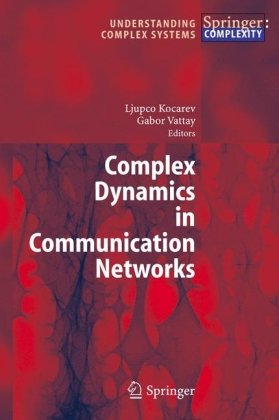
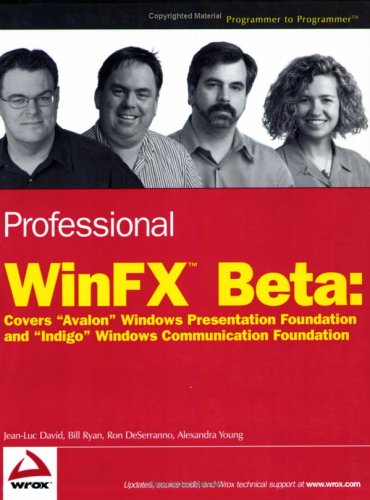
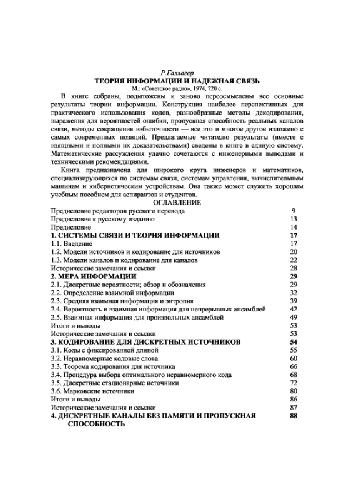

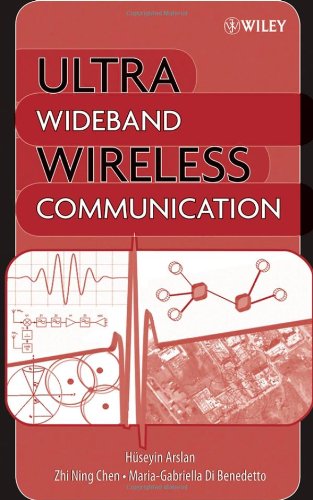
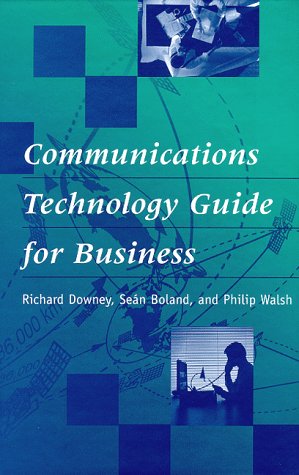

Reviews
There are no reviews yet.